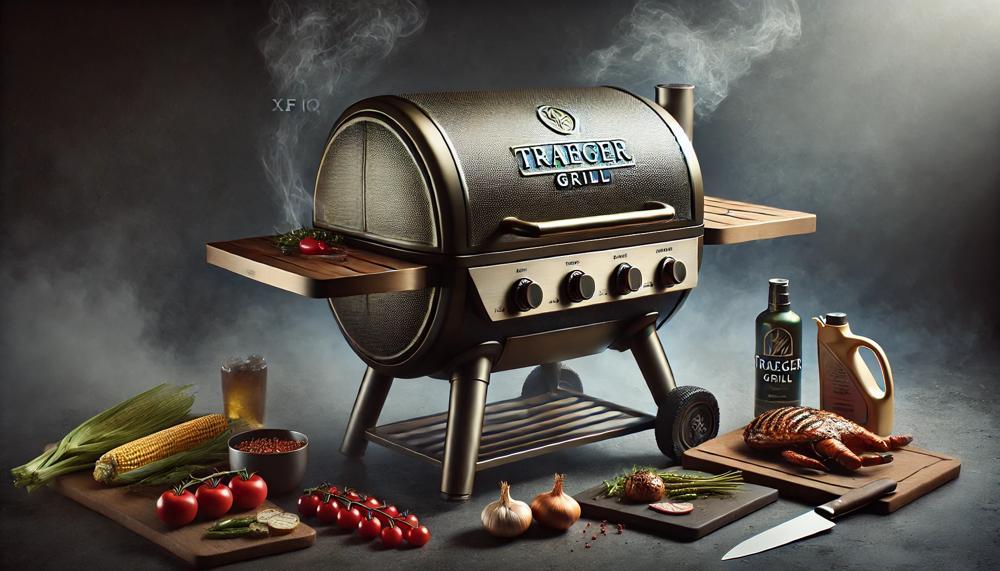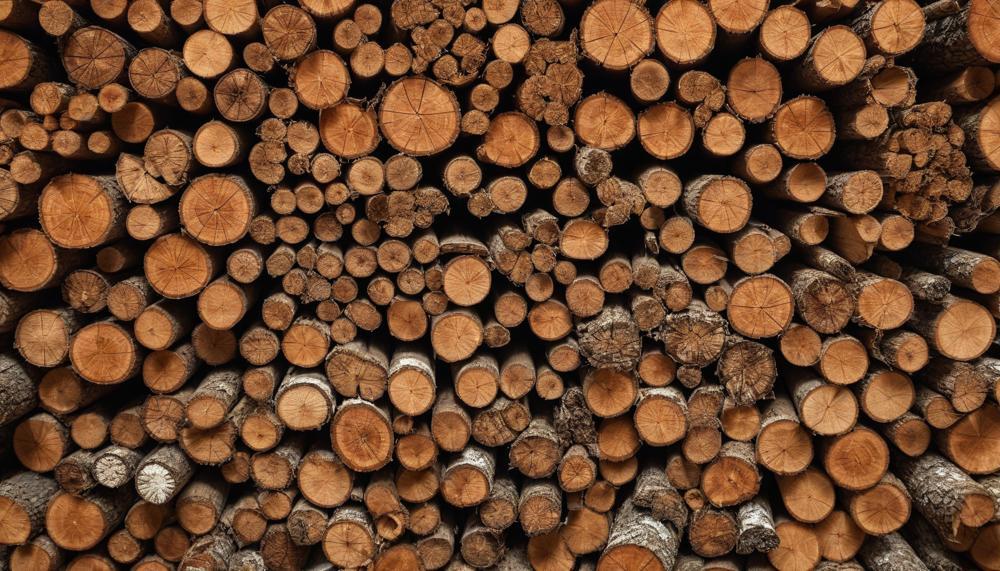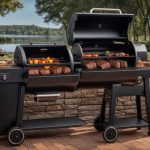Yes, it’s a common issue for Traeger grills to lose heat, but don’t worry—there are straightforward explanations and solutions for this. Whether you’re a backyard BBQ enthusiast or a seasoned pitmaster, maintaining an optimal cooking temperature is vital for that perfect sear or slow smoke.
Typically, fluctuations in your Traeger’s temperature can be attributed to a few key factors: the quality and amount of pellets you’re using, the placement of your grill relative to weather conditions, a faulty temperature probe, or improper airflow.
This introduction aims to arm you with practical knowledge and easy fixes to keep your grill performing at its best. Here’s what we’ll cover:
- Understanding Pellet Impact: How the right quality and quantity of pellets make a difference.
- Grill Placement Tips: Where to position your grill to avoid temperature loss.
- Technical Troubleshooting: Identifying and resolving issues with temperature probes and airflow.
Ready to get your grill back to its best? Here are some actionable steps:
- Regular Cleaning: Ensuring your grill components are clean and unobstructed.
- Pellet Management: Choosing high-quality pellets and storing them properly.
- Shielding from Weather: Strategies to protect your grill from adverse conditions.
And if all else fails, knowing when to call in a professional can save you a lot of time and frustration. Let’s dive into the details and get your Traeger grill holding its heat like it’s brand new.
Contents
Common Reasons for My Traeger Grill Losing Heat
- Pellet Quality and Quantity: The type and amount of pellets used significantly influence how consistently your Traeger grill maintains temperature. High-quality pellets burn more evenly, whereas low-quality ones may lead to fluctuations.
- Grill Placement and Weather Conditions: Where you position your grill—exposed to wind or direct sunlight—and ambient weather conditions affect its ability to hold steady heat.
- Faulty Temperature Probe: A malfunctioning temperature probe can provide inaccurate readings, leading to incorrect temperature adjustments.
- Improper Airflow: Poor ventilation within the grill can disrupt the combustion process, causing temperatures to vary unpredictably.
- Starting or Shutting Down the Grill Incorrectly: Incorrect startup or shutdown procedures can create initial imbalances in heat distribution.
- Changing the Grill’s Temperature Frequently: Constantly adjusting the temperature setting can prevent the grill from stabilizing, resulting in fluctuations.
- Using Foil as a Drip Liner: Improper use of foil may reflect heat back into the grill, affecting how uniformly it heats.
- Excessive Grease or Ash Buildup: Buildup of grease or ash can obstruct airflow and heat diffusion, leading to inconsistent temperatures.
- Improper Startup: If the grill isn’t started correctly, it may struggle to achieve or maintain the desired temperature.
These factors collectively contribute to temperature fluctuations in Traeger grills.
How to Maintain Consistent Temperature
To maintain a consistent temperature in your Traeger grill, proper ventilation and airflow are crucial factors.
| Technique | Description | Benefits |
|---|---|---|
| Adjust Vents Correctly | Open or close vents based on desired temperature; open for higher temperatures and close for lower. | Ensures precise temperature control by regulating airflow. |
| Wind Direction Awareness | Position the grill considering wind direction; adjust vents to prevent flames from fluctuating. | Stabilizes heat levels by preventing wind from impacting flame intensity. |
| Keep Lid Closed | Minimize heat loss by keeping the lid closed during cooking. | Preserves heat inside the grill, maintaining consistent cooking temperatures. |
Properly utilizing ventilation and airflow ensures your Traeger grill maintains a steady cooking temperature. Adjusting vents controls how much oxygen enters the grill, affecting the combustion rate of pellets and subsequently the temperature.
Wind direction can alter flame behaviour, so positioning the grill accordingly and adjusting vents mitigates temperature fluctuations caused by wind. Lastly, keeping the lid closed prevents heat from escaping, essential for consistent cooking temperatures throughout your grilling session.

When to Seek Professional Help
Seeking professional help for your Traeger grill is advisable when initial troubleshooting fails to rectify heat loss issues.
Notably, if your grill experiences persistent temperature fluctuations despite following recommended self-maintenance practices, it’s time to consult an expert. Here are specific scenarios where professional intervention is necessary:
- Persistent Issues: When you’ve tried all DIY solutions like ensuring pellet quality, managing airflow, and protecting the grill from adverse weather, but the temperature still fluctuates.
- Complex Faults: If there are suspected deeper mechanical failures such as a malfunctioning auger or a faulty temperature probe, which are not easily repaired at home.
- Guaranteeing Longevity: Regular professional maintenance can prevent future problems, thus extending the life and performance of your grill.
Conclusion
Navigating the ins and outs of maintaining a Traeger grill’s temperature can feel like taming a wild beast, but it doesn’t have to be a mysterious art.
If you find your grill struggling to maintain heat, consider the myriad of factors that could be at play. From the type and condition of pellets to the impact of your grill’s location and weather conditions, each element can profoundly affect performance.
The trick lies in mastering the subtle art of grill maintenance—from ensuring the quality of your pellets to optimizing airflow and regular cleaning, all aimed at preserving that steady flame essential for perfect cooking results. Additionally, don’t overlook the mechanical aspects.
A faulty temperature probe or poor grill startup can throw a wrench in the works, disrupting what should be a seamless cooking experience. If you’ve tinkered to no avail, it might be time to seek professional advice.
Remember, consistent care not only solves immediate heat woes but also prolongs the life of your Traeger, ensuring many more seasons of flawless grilling.






